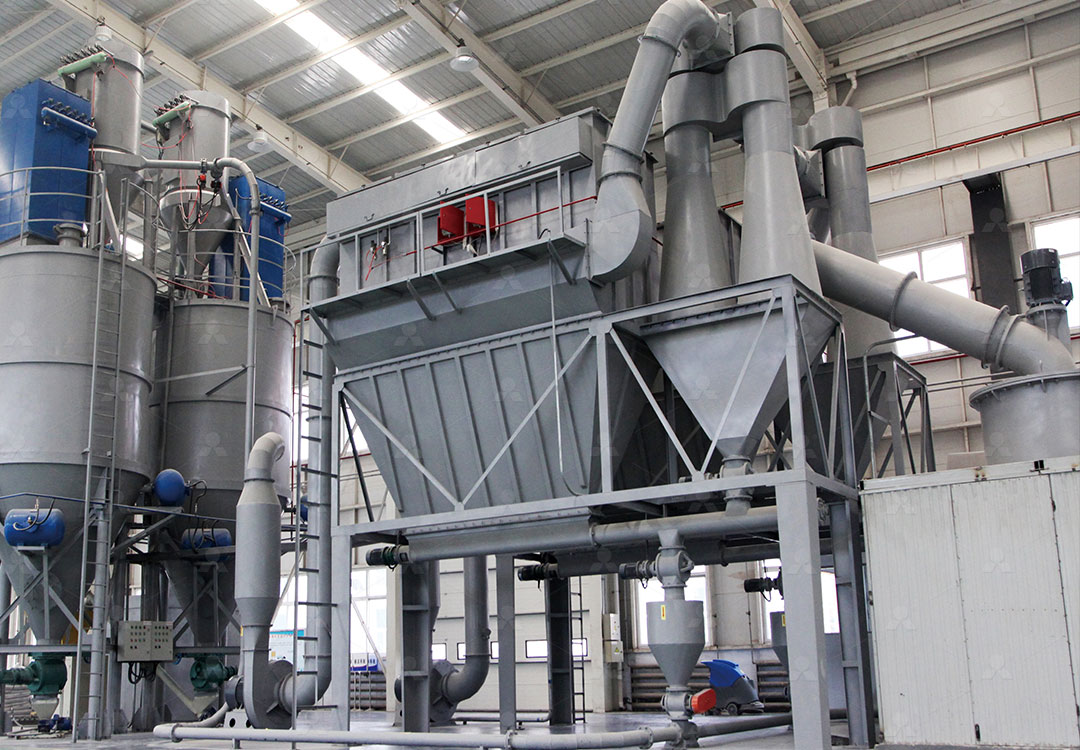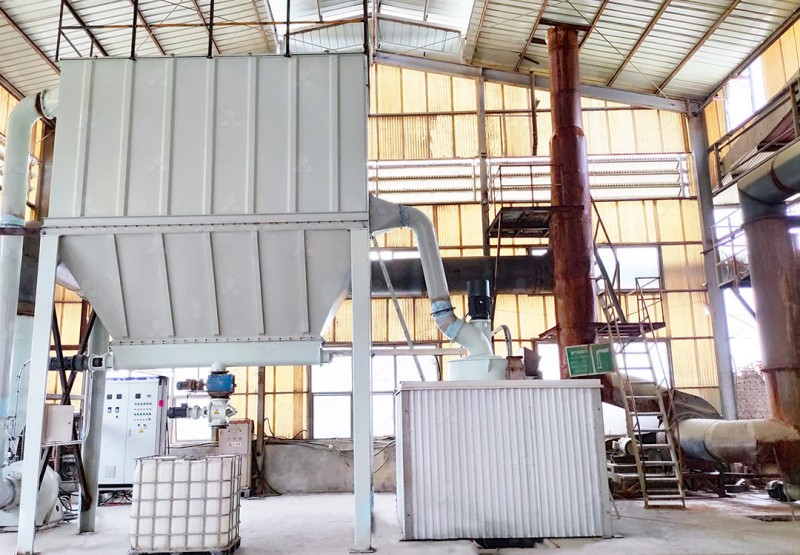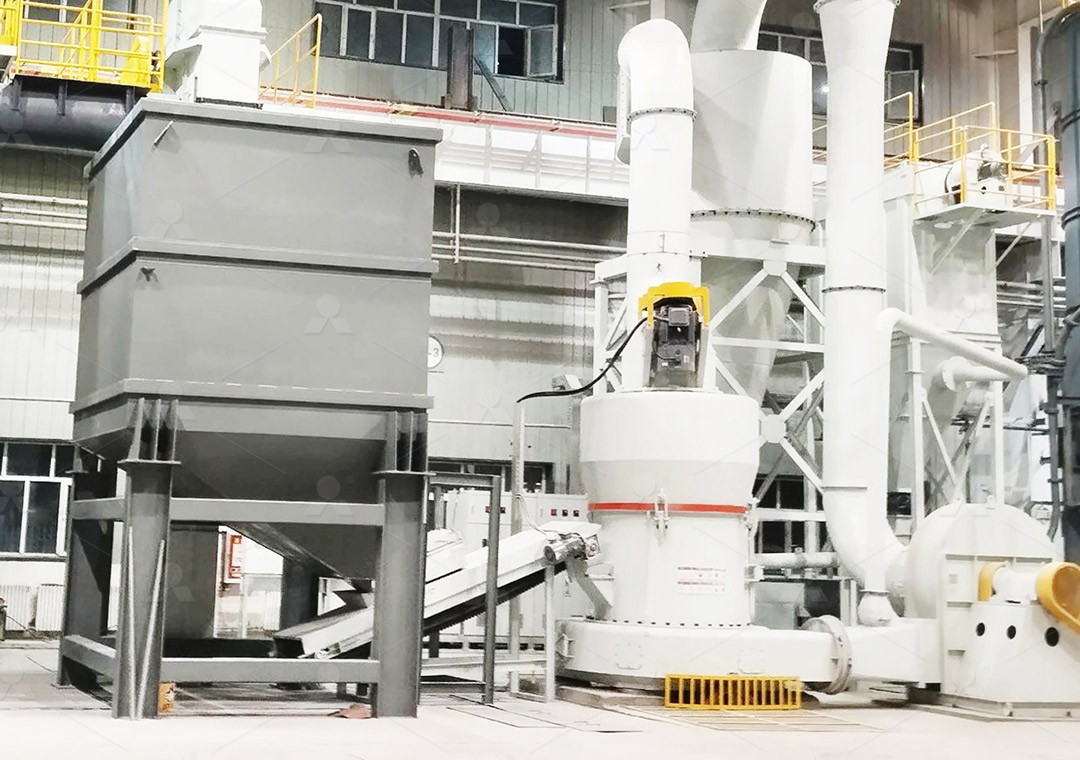How Much Does a Stone Grinding Mill Machine Cost?
How Much Does a Stone Grinding Mill Machine Cost?
As a project manager or business owner in the mining, construction, or industrial minerals sector, one of the most common questions you’ll face is: “What’s the budget for a new grinding mill?” The answer, frustratingly, is rarely straightforward. The cost of a stone grinding mill machine is not a single number but a spectrum influenced by a complex interplay of factors. This article will demystify the pricing structure and guide you toward making an informed investment.
Key Factors That Determine the Final Price
Think of the base price of a grinding mill as just the starting point. The final cost is shaped by your specific operational needs and the technological capabilities of the machine.
- Capacity and Output (tph): This is the most significant driver. A mill designed for 3 tons per hour (tph) will be substantially less expensive than an industrial-grade unit capable of processing 50 tph or more. Your required throughput directly impacts the size, power, and robustness of the entire system.
- Desired Fineness (Mesh Size): Do you need coarse aggregates or ultra-fine powders? Achieving a finer product, say 2500 meshes versus 325 meshes, requires more advanced internal classification systems and precise engineering, which adds to the cost.
- Material Characteristics: The hardness, abrasiveness, and moisture content of your raw material dictate the choice of grinding technology and the quality of wear-resistant parts. Grinding highly abrasive materials like quartz will necessitate a more durable—and costly—mill construction.
- Technology and Features: A basic Raymond mill offers excellent value for standard applications. However, for higher efficiency and lower operational costs, advanced mills like vertical roller mills or ultra-fine grinding mills incorporate features like advanced powder separators, automated PLC controls, and efficient pulse dust collectors, which are reflected in a higher initial price.

Beyond the Sticker Price: The Total Cost of Ownership
A savvy buyer looks beyond the initial purchase price. The Total Cost of Ownership (TCO) includes energy consumption, maintenance downtime, and spare parts replacement. A cheaper, less efficient mill can become a financial burden over its lifespan due to exorbitant power bills and frequent stoppages.
This is where investing in modern technology pays dividends. For instance, our MW Ultrafine Grinding Mill is engineered for clients who need to make ultra-fine powder with exceptional efficiency. It features a higher yield and lower energy consumption, with production capacity being 40% higher than jet mills and its system energy consumption only 30% of them. Its innovative design, including the absence of rolling bearings and screws in the grinding chamber, significantly reduces the risk of unexpected breakdowns and lowers long-term maintenance costs.
Finding the Right Machine for Your Budget and Needs
With such a wide range of options, from classic Raymond Mills to sophisticated vertical mills, the key is to match the machine’s capabilities to your project’s specific demands. For high-capacity, coarse to medium-fine grinding of materials like limestone and coal, the LM Vertical Grinding Mill is a workhorse. It integrates crushing, drying, grinding, and classifying, reducing its footprint by 50% and saving 30%-40% in energy compared to traditional ball mills, offering tremendous value over time.
Alternatively, for specialized applications requiring the finest powders, the LUM Ultrafine Vertical Grinding Mill represents the pinnacle of our technology. It combines the latest grinding roller and German powder separating technology for unparalleled fineness control and energy savings, making it a cost-effective solution for high-value powder production.

Conclusion: An Investment in Efficiency
Ultimately, the cost of a stone grinding mill is an investment in your operation’s productivity and profitability. While prices can range from tens of thousands to several hundred thousand dollars, the focus should be on the value proposition—lower energy bills, reduced maintenance, higher quality output, and greater reliability. We recommend consulting directly with our technical sales team to get a precise quotation tailored to your material, capacity, and fineness requirements.

Frequently Asked Questions (FAQ)
What is the typical price range for a small to medium-capacity grinding mill?
For smaller operations requiring 1-10 tph, prices can start from $50,000. Medium-capacity mills (10-50 tph) typically range from $100,000 to $300,000, heavily dependent on technology and configuration.
Does the price include installation and commissioning?
The base quotation usually covers the core machine and key components. Installation, commissioning, and optional accessories like advanced dust collectors or automated control systems are typically quoted separately to provide transparency and flexibility.
How does an ultra-fine mill like the MW series justify a higher initial cost?
The MW Ultrafine Grinding Mill’s advanced design, such as its German-technology cage-type powder selector and eco-friendly pulse dust collector, leads to significantly lower energy consumption (up to 70% less than some alternatives) and minimal maintenance. This results in a faster return on investment through drastically reduced operating expenses.
Are there financing options available for such equipment?
Yes, we work with financial partners to offer various financing and leasing solutions to help businesses manage capital expenditure and spread the cost of their investment over time.
